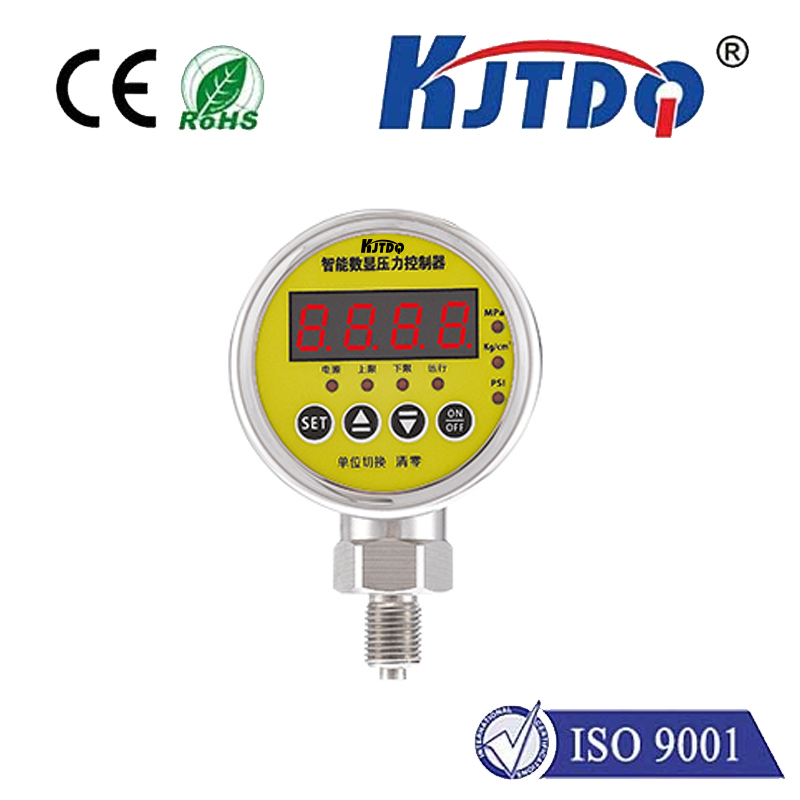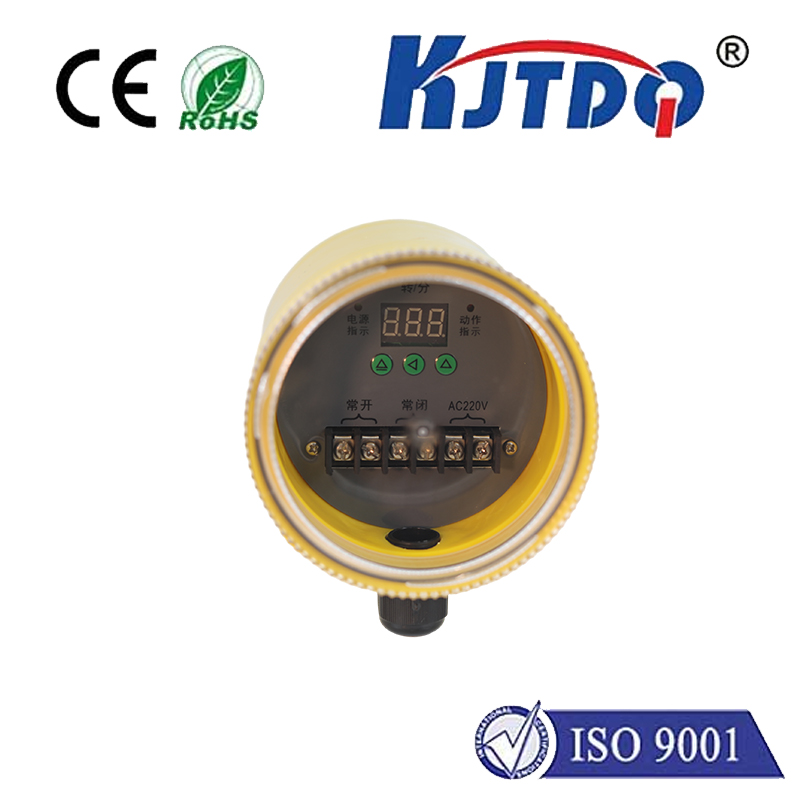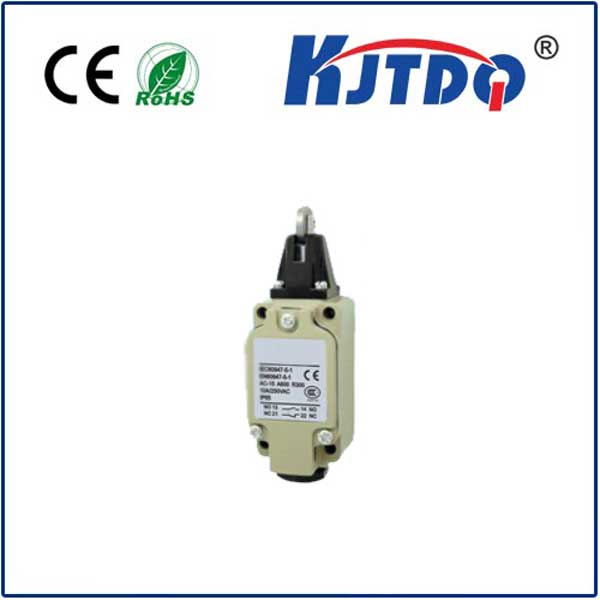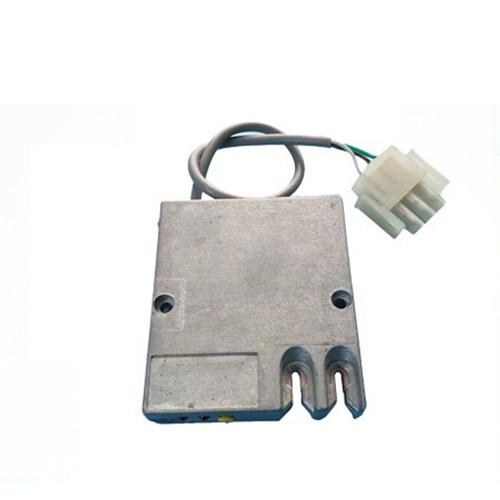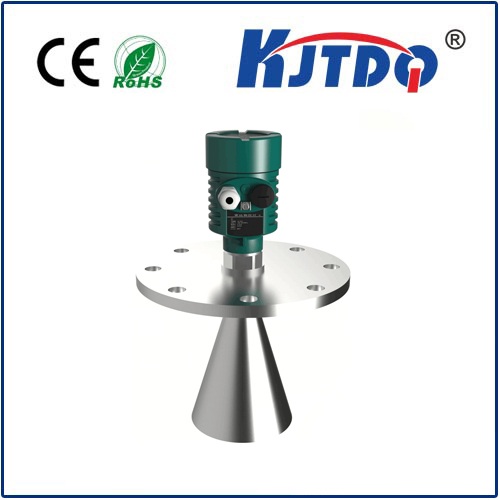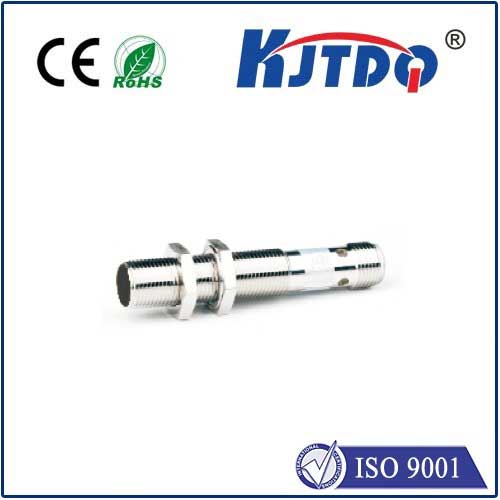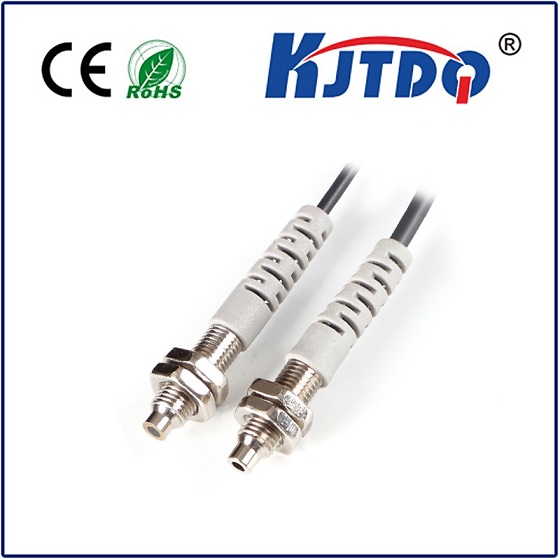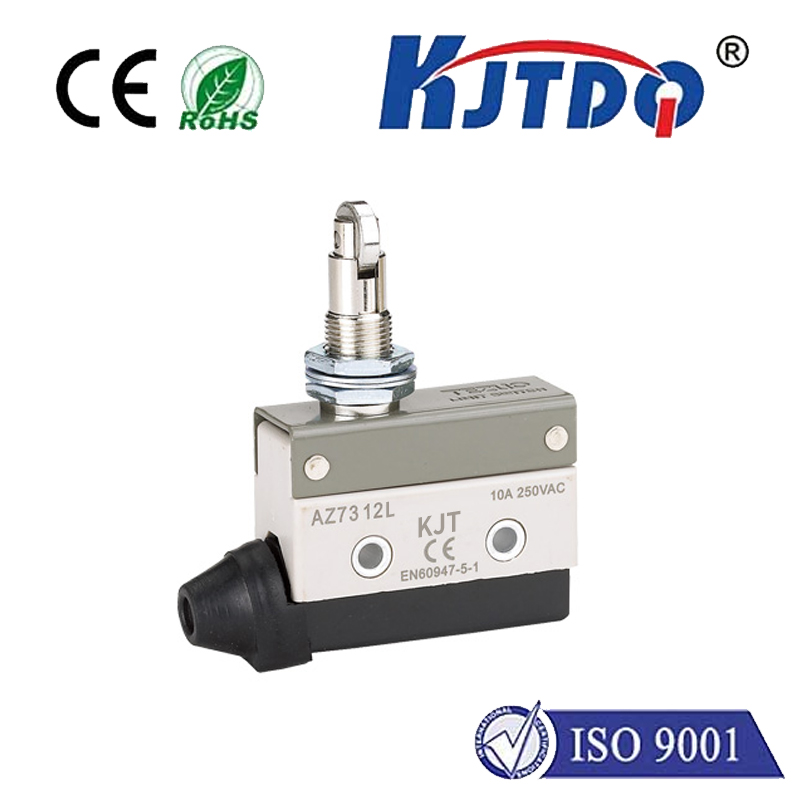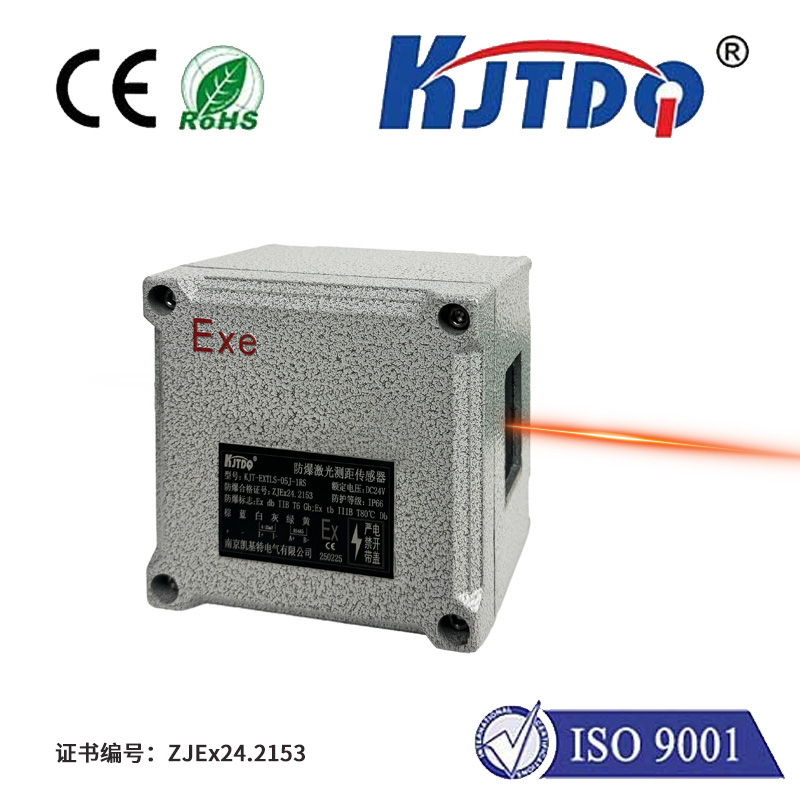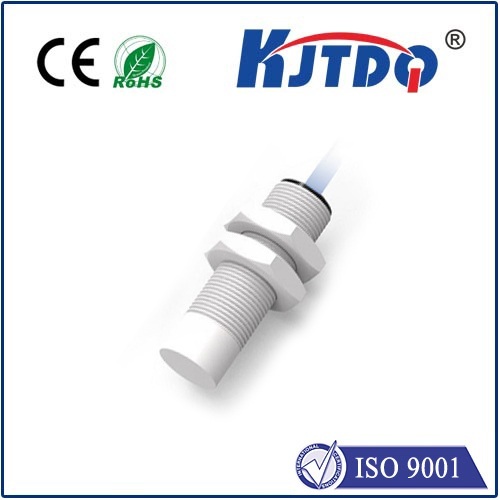

check

check

check

check

check

check

check

check

check

check
Introduction:
The integration of sensors and inductive proximity technology has been a game-changer in various industries, from manufacturing and automotive to healthcare and retail. This cutting-edge technology enables devices to detect and respond to objects or people's presence, even at a distance. As we move towards an increasingly digital world, sensor inductive proximity is set to play a pivotal role in enhancing connectivity, convenience, and security.
Section 1: How Sensor Inductive Proximity Works
At its core, sensor inductive proximity relies on the use of electromagnetic fields to determine the distance between two conductive materials. An induction coil creates an alternating magnetic field that interacts with the nearby metal object, causing it to produce a change in electrical current. By measuring this current, the sensor can determine the distance between the induction coil and the target object. This process provides accurate and reliable data about the object's position, size, and orientation.
Section 2: Benefits of Sensor Inductive Proximity
There are numerous advantages associated with using sensor inductive proximity technology in various applications. Some of the key benefits include:
Enhanced Productivity: Smart devices can now sense and respond to users' actions without being physically touched, reducing the need for manual interaction and improving overall workflow efficiency.
Improved Security: Inductive proximity sensors can be used to secure buildings and vehicles by detecting unauthorized access or intrusion attempts. They can also trigger alarms or send notifications in case of suspicious activity.
Better User Experience: By providing real-time information about objects or people's presence, sensor inductive proximity can enhance user experience by enabling personalized interactions and tailored services.
Increased Safety: In industrial settings, inductive proximity sensors can monitor the health and safety of workers by detecting hazardous conditions or identifying potential accidents before they occur.
Section 3: Applications of Sensor Inductive Proximity
The potential applications of sensor inductive proximity technology are vast and diverse. Here are some examples:
Smart Home Automation: Imagine a home where appliances turn on when you enter a room, lights adjust automatically based on your preferences, and your security system activates when someone approaches your front door. All of this can be achieved using sensor inductive proximity technology.
Healthcare: Medical devices that use sensor inductive proximity to monitor vital signs or detect abnormalities can provide more accurate and timely patient care.
Industrial Automation: In manufacturing processes, inductive proximity sensors can detect errors or issues in machines, preventing costly downtime and ensuring production quality.
Retail: Retailers can use sensors to track inventory levels, optimize store layouts, and offer personalized recommendations to customers based on their preferences and past purchases.
Conclusion:
As technology continues to evolve and become more integrated into our daily lives, sensor inductive proximity is poised to revolutionize the way we connect devices to the physical world. With its ability to improve productivity, enhance security, and provide better user experiences, this technology holds immense promise for shaping our future.
